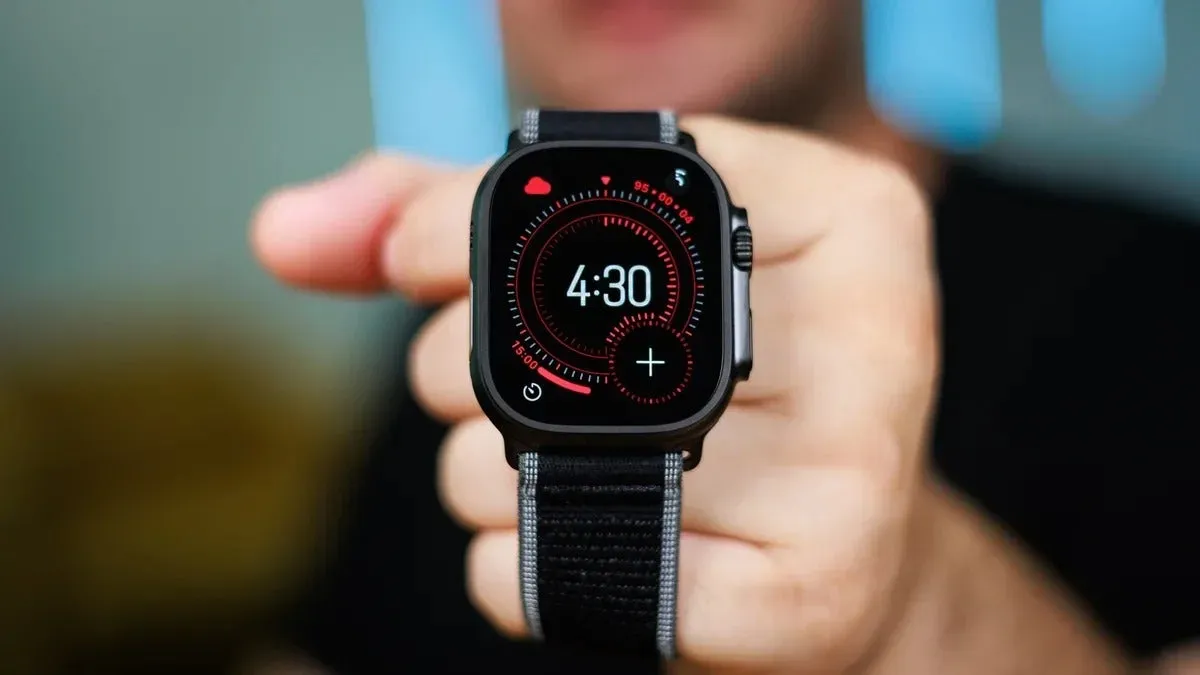
The Apple Watch Ultra 3 has arrived, positioning itself as Apple’s most advanced smartwatch to date. However, it may not be the ultimate smartwatch that many enthusiasts were hoping for. This latest iteration, launched alongside the iPhone 17 series, showcases Apple's commitment to ruggedness and premium features, yet it feels as though the company is holding back on groundbreaking advancements. This leads to the question: Where is Apple truly pushing the boundaries in smartwatch technology?
At first glance, the Apple Watch Ultra 3 appears nearly identical to its predecessors, the Ultra 1 and Ultra 2. It retains the familiar 49mm titanium case, chunky crown, and vibrant orange Action Button, all elements designed for adventurers and outdoor enthusiasts. While the bezels have been slightly slimmed down to accommodate a marginally larger OLED display featuring LTPO3 technology for improved efficiency, the visual changes are hardly groundbreaking.
Battery life has seen a modest improvement, extending from 36 hours on the Ultra 2 to 42 hours with the Ultra 3, and up to 72 hours when in low-power mode. Charging speed has also been enhanced, reaching 80% charge in just 45 minutes. However, when compared to competitors in the market, these upgrades may not be enough to impress.
Among the notable features of the Apple Watch Ultra 3 are the additions of 5G RedCap support and satellite SOS. RedCap, or Reduced Capability, is a new type of 5G designed for smaller devices like wearables, prioritizing efficiency and low latency over raw speed. This feature, combined with satellite SOS that allows users to connect with emergency services in remote areas, enhances the watch's appeal to its target audience.
Despite these advancements, the Apple Watch Ultra 3 falls short in several key areas. For instance, the diving capability is capped at 40 meters, which may disappoint professional divers. In terms of battery life, while the Ultra 3 can last about two days, many competitors are achieving four or more days of usage. Furthermore, the much-touted blood oxygen tracking feature is merely a return after a previous legal issue rather than a new innovation.
Moreover, the watch remains locked within the Apple ecosystem, limiting accessibility for potential users who do not own an iPhone. This exclusivity may hinder its broader appeal in the competitive smartwatch market.
In contrast, the Huawei Watch Ultimate 2 demonstrates how far rugged smartwatches have evolved in 2025. It boasts an impressive display brightness of 3,500 nits, making it highly visible outdoors, and uses advanced materials like zirconium alloy and sapphire glass for superior durability. Rated for depths of 150 meters, this smartwatch offers pro-grade diving features and advanced health tracking capabilities that surpass those of the Apple Watch Ultra 3.
The Huawei model also offers significantly longer battery life, extending up to 4.5 days, and features like a side-mounted X-TAP sensor for comprehensive health metrics within a single scan. These innovations set a new standard for smartwatches that Apple has yet to match.
While the Apple Watch Ultra 3 is undoubtedly the best smartwatch Apple has produced, it does not stand as the best smartwatch available in 2025. The limitations in battery life and diving capabilities suggest Apple still has room for improvement. The advancements seen in the Huawei Watch Ultimate 2 could serve as a roadmap for future iterations of the Apple Watch Ultra, potentially leading to the Ultra 4 or Ultra 5.
As Apple continues to refine its offerings, the question remains: when will the company decide to fully embrace the innovations that are shaping the future of smartwatches? With a history of integrating new features into its ecosystem, the time may come when Apple's next smartwatch pushes the boundaries of technology further than ever before.